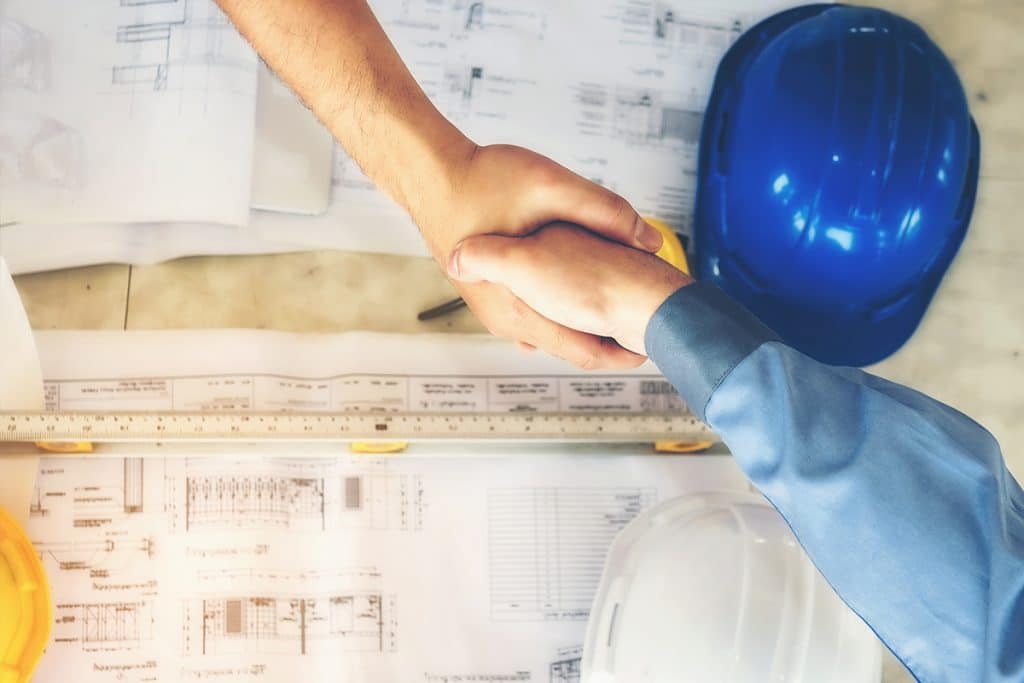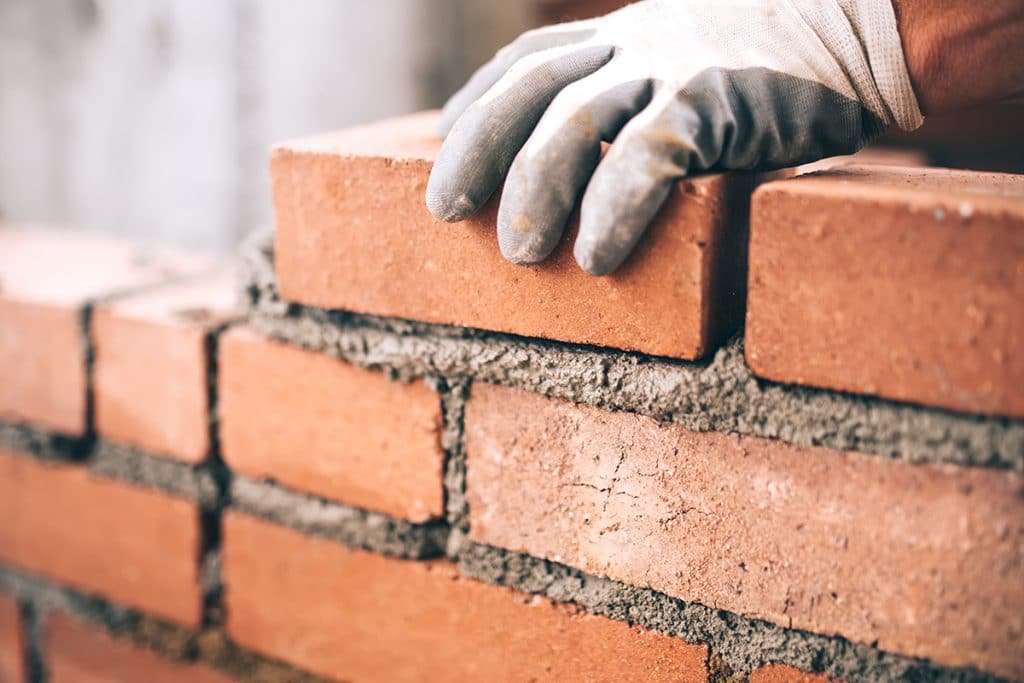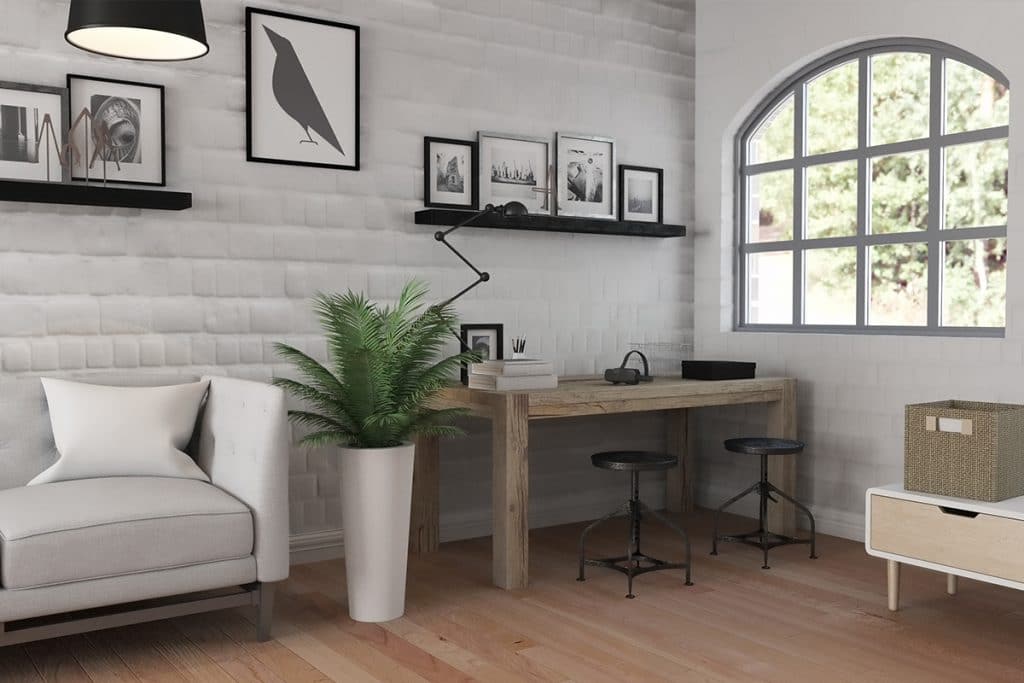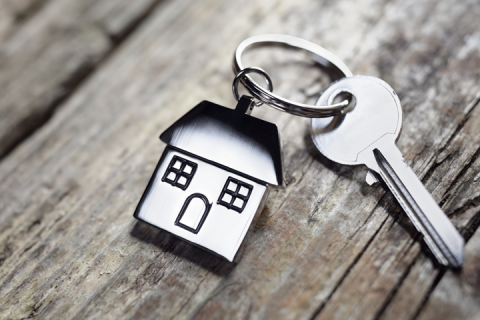The decision to buy a new home is a brave one. But the decision to build one is braver. If you have just bought land, and are planning to build your home from scratch, then you are about to embark on a journey and an experience that can be bittersweet while it lasts, filled with exciting as well as stress-filled moments. However, you still do have your own little home waiting at the end of that ride.
Here, we give you a broad checklist of the top five essential points, which will help you get started with building your home.
Documents and paperwork

Building your house begins long before the first brick is laid. It starts with ensuring that the land is entirely in your name and that you have all the related documents. That includes title deeds, property tax, sale deeds, and land records among others which have to be immaculately inspected with the help of a solicitor and signed with your name indicating ownership.
The next set of important papers pertain to the house itself and include blueprints and structural design layouts, which shows how the plumbing and electricals are going to be laid out.
Lastly, when the architect shares the complete set of sketches of the house with dimensions of the built-up area, carpet area, height, boundaries and other specific details it allows you to work out an approximate cost for building the house by finalising the materials required.
Location and type of plot

It’s not just the locality that is important but also the location of the plot. Today, houses are being built further away from the centre of the city because the land is cheaper. However, it can be challenging to transport construction materials if access is obstructed by undeveloped roads or lack of infrastructure nearby.
Another point to keep in mind is to ensure that the level of the plot is the same as that of the road. If it differs then the plot will need filling in, which might prove to be expensive.
Roping in professionals

This might be the most crucial step in building your house. Professionals who really know their job, pay attention to detail, and are trustworthy are key traits that must guide you in your selection of contractors and architects.
Apart from seeking recommendations from friends and family, do your own extensive research, look up reviews, and hold ‘interviews’ to decide who suits you the best. Remember to not only look at their qualifications and experience but also how well they sync with you. Go with your gut feeling, explain how you envision your house and see if you are on the same page. The ability to have an easy conversation is critical when there are points of disagreement during construction.
Visiting some of the houses that the contractor has built or are currently under construction and observing the contractor’s interaction with his workers will give you an idea of how he operates. It will also give a snapshot of his team of workers as well.
Efficient workers

Your job does not end with selecting efficient architects and contractors. It is a good idea to talk to some of the plumbers, electricians, bricklayers and various other workers who are part of your newly appointed contractor’s team and are responsible for assembling the house as well to get an idea of their working style. If you are dissatisfied with them, you always have the option of engaging independent workers on your own, which might require more effort but will ensure quality.
Interiors and fittings

This is perhaps the most exciting part; the time when you can see how your house has taken shape, and your mind is filled with the colours and furnishings that you can choose to make it your home. While you can always plan out your colour schemes on your own, it’s always better to take professional help.
Architects and interior designers can easily visualise and show you 3D models of your home with many colour palettes to help you decide based on natural light, the positioning of rooms, and personal preferences. This exercise will also help you restrict costs as professionals can recommend the best choice of materials that are suited for your home.
A few additional points to note
● Make sure that you receive guarantee cards wherever possible for any installation as this will serve well for future repairs and maintenance. It is also important that you get all your approvals in order through the contractor for electricity, water, sewage and other facilities.
● At the beginning of construction, the builder/contractor is expected to give you a cost estimate and details of work to be done. This is an important timeline to have as it helps clarify inevitable delays.
● Schedule regular updates and progress reports with the contractor so that you are always aware of any issues or know what to expect. If there are site supervisors involved, then it’s important to understand their details as well.






